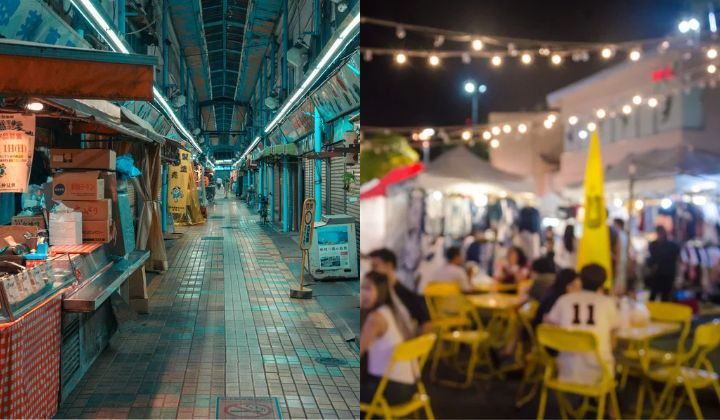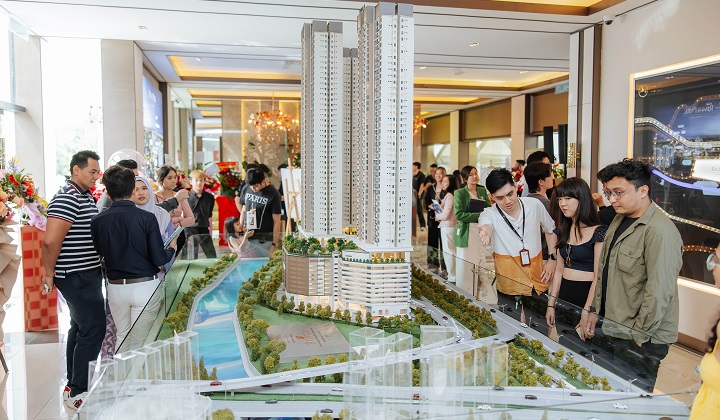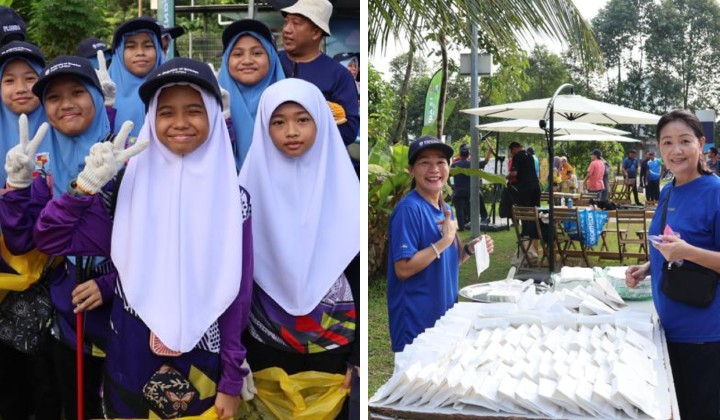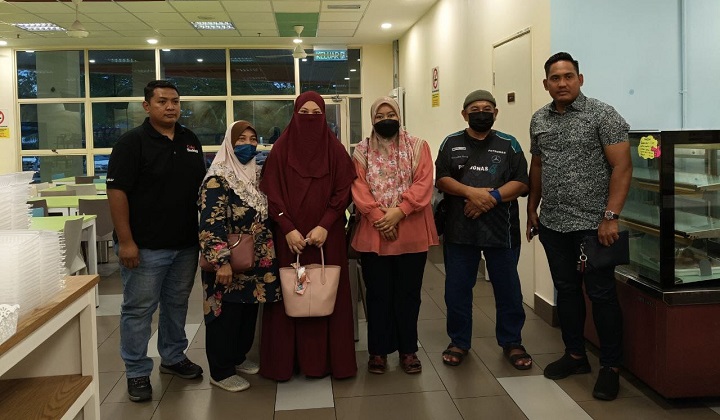27 New Covid-19 Clusters Detected On 29 June, Here’s Where They Are
Clusters generally came from the workplace in the past week, except for 29 June.
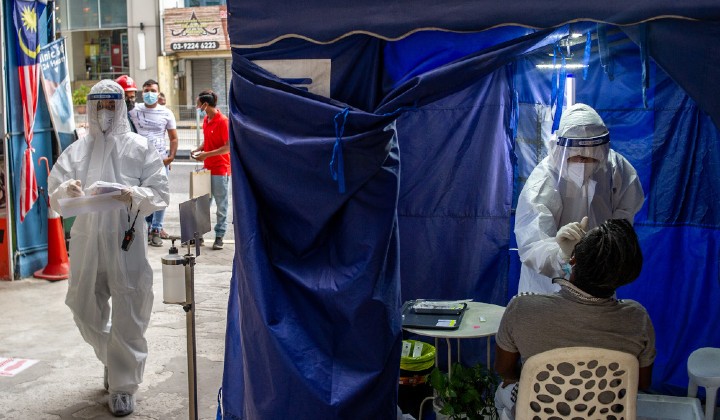
Subscribe to our new Telegram channel for the latest updates and stories.
Should businesses operate during the Full Movement Control Order (FMCO)? Malaysians have been asking this question since the start of the lockdown which is meant to curb the spread of Covid-19.
Although most Malaysians are staying indoors nowadays, industries which are deemed by the Ministry of International Trade and Industry (MITI) as “essential” are allowed to operate.
There have been outcries from the public that workplaces are the key contributors to clusters and we’ve decided to check on the numbers to see if the claim is true.
27 new Covid-19 clusters have been detected in Malaysia by the Health Ministry on 29 June, which contributes to 1,901 cases out of 6,437.
Currently there are 887 active clusters based on the stats by MOH.
Here is breakdown based on their category and also their locality:
- 13 community
- 12 workplace
- 1 high risk group
- 1 private educational institution registered under MOE
Community clusters
- Kelantan – 2 clusters (Kota Bharu)
- Pahang – 2 clusters (Jerantut, Maran)
- Selangor – 2 clusters (Hulu Langat, Sabak Bernam)
- Johor – 2 clusters (Segamat, Tangkak)
- Perak – 2 clusters (Perak Tengah, Kampar)
- Sabah – 1 cluster (Kota Kinabalu, Penampang and Tuaran)
- Sarawak – 1 cluster (Tatau)
- Putrajaya – 1 cluster
Workplace clusters
- Selangor – 4 clusters (Hulu Langat, Petaling, Sepang, Hulu Langat)
- Kuala Lumpur – 2 clusters (Cheras, Lembah Pantai, Setiawangsa)
- Negeri Sembilan – 2 clusters (Seremban, Kuala Pilah, Port Dickson, Rembau)
- Pahang – 2 clusters (Bentong, Raub)
High risk group – Johor (Segamat)
Private educational institution registered under MOE – Selangor and Putrajaya (Kuala Langat and Putrajaya)
How about in the past 7 days?
Meanwhile, here’s the breakdown of the clusters based on their category in the past week:
- 28 June – 22 clusters (16 workplace, 6 community)
- 27 June – 17 clusters (9 workplace, 6 community, 1 detention centre, 1 high risk group)
- 26 June – 14 clusters (9 workplace, 2 detention centre, 2 community, 1 high risk group)
- 25 June – 21 clusters (18 workplace, 2 community, 1 detention centre)
- 24 June – 30 clusters (20 workplace, 9 community, 1 high risk group)
- 23 June – 24 clusters (15 workplace, 7 community, 1 high risk group, 1 detention centre)
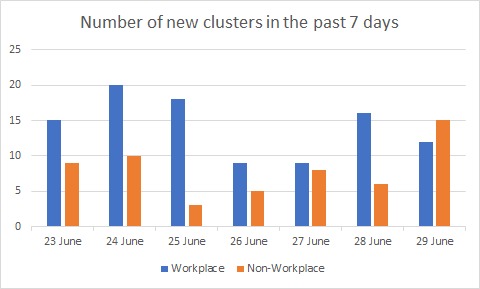
In the past week, the data has shown that 99 workplace clusters have been recorded compared to 56 non-workplace clusters.
Although the number for non-workplace clusters were slightly higher on 29 June based on the graph, clusters on the other six days largely originated from workplaces (23 June to 28 June).
Share your thoughts with us via TRP’s Facebook, Twitter, and Instagram.
Unkempt in both stories and appearance, Hakim loves tech but tech left him on read, previously he used to write about tall buildings and unoccupied spaces that he can't afford, and legend has it that he still can't afford it to this day

